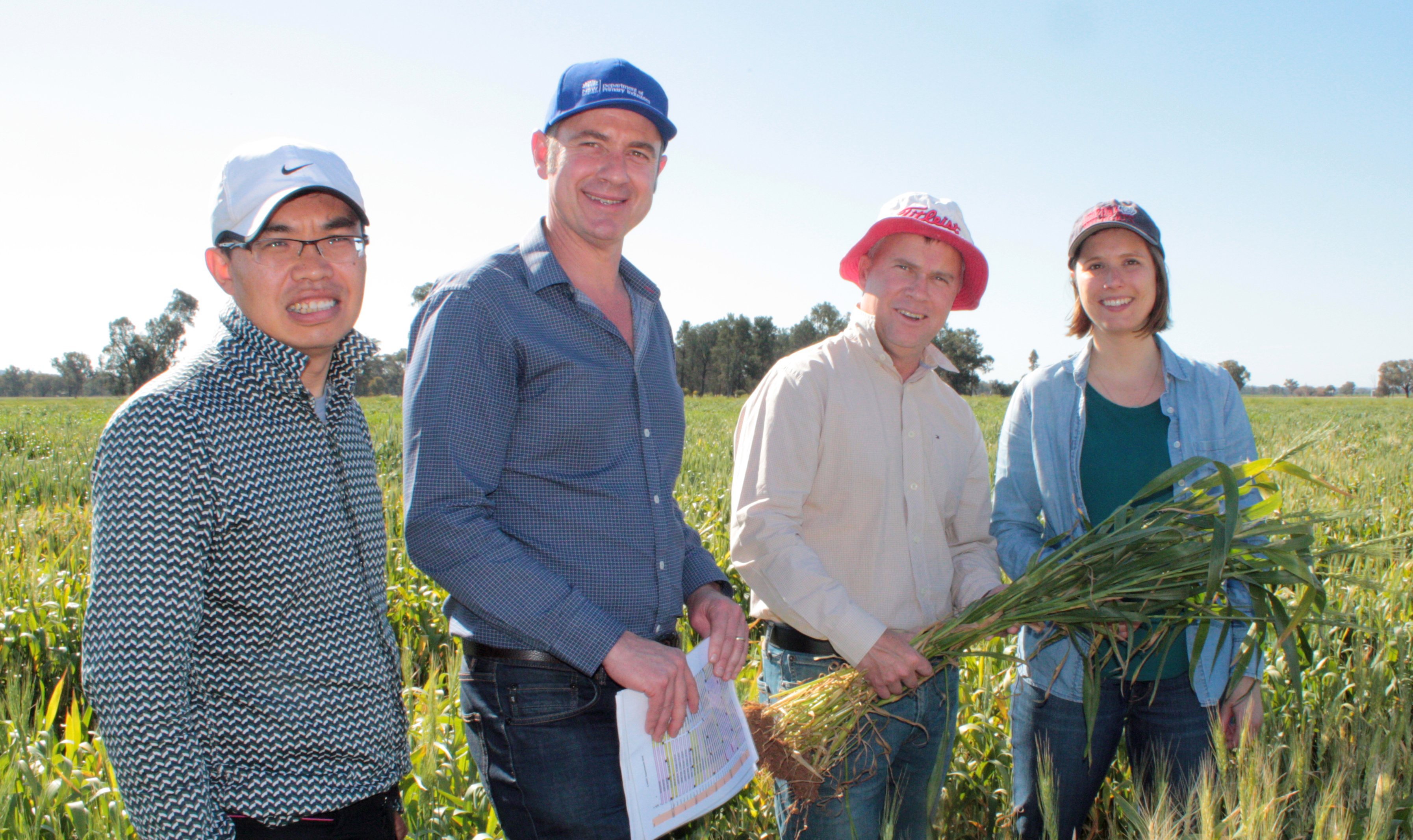
New find protects wheat from fungus
27 Feb 2019

NSW Department of Primary Industries (DPI) scientists have identified a new septoria tritici blotch (STB) resistant wheat gene which could be harnessed in future breeding programs to protect crops from the costly fungal disease.
DPI cereal pathologist, Andrew Milgate, said the Stb19 gene was found in Lorikeet, a soft wheat cultivar.
“This is great news for the wheat industry as Stb19 has complete resistance to multiple strains of STB at seedling and adult stages,” Dr Milgate said.
“Genetic mapping in Lorikeet and Summit shows strong links with two significant genetic markers, known as KASP markers, which together with the newly discovered Stb19 delivers a significant increase in genetic resources to breed STB resistant wheat.”
STB is a costly stubble-borne foliar disease of wheat, which has been a disease of great concern for growers in the high rainfall regions of Victoria, Tasmania and some parts of South Australia and NSW in recent years.
An increase in STB in the high rainfall zone has been favoured by stubble retention, intensive wheat production, susceptible cultivars and favourable disease conditions.
Dr Milgate said the STB population in some areas has developed varying levels of fungicide resistance in response to multiple in-season spray programs.
“We advise growers to adopt multiple tactics - choose varieties with improved resistance to STB, manage fungicide resistance and avoid sowing wheat on wheat to prevent STB bridging from one season to the next,” he said.
“STB survives on stubble, and we recommend growers reduce stubble loads before sowing to help lower infection levels.”
The research was conducted through NSW DPI and Grains Research and Development Corporation investment in the Grains Agronomy & Pathology Partnership and published in Theorectical and Applied Genetics.
Media contact: Bernadette York (02) 6938 1664 or 0427 773 785

